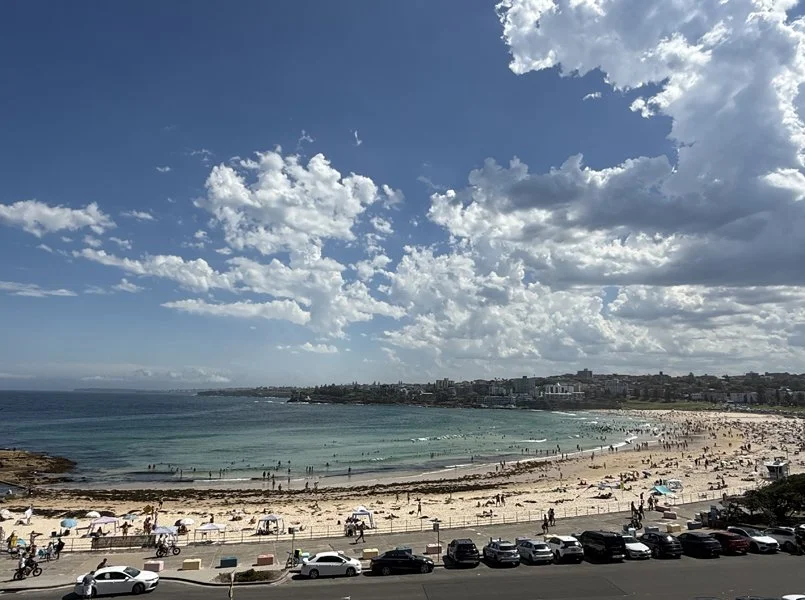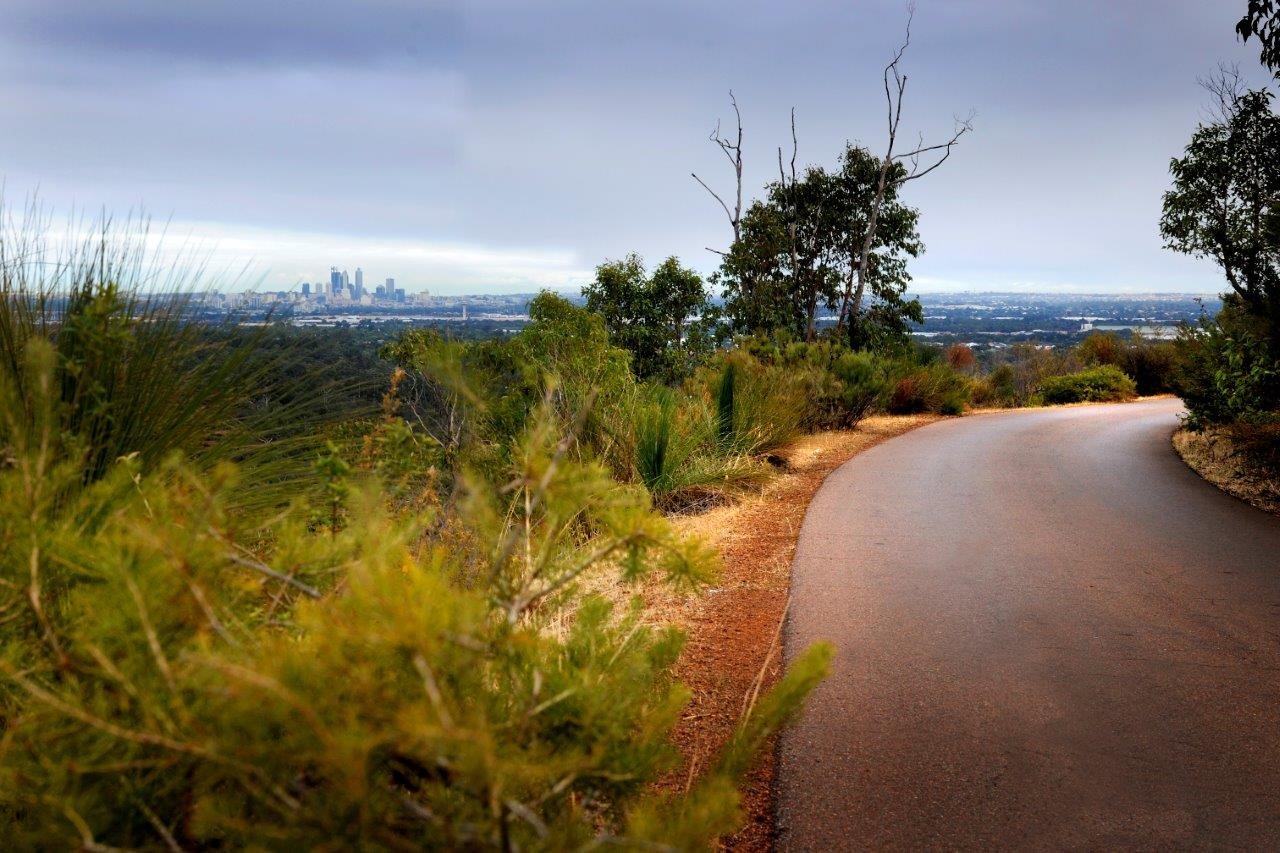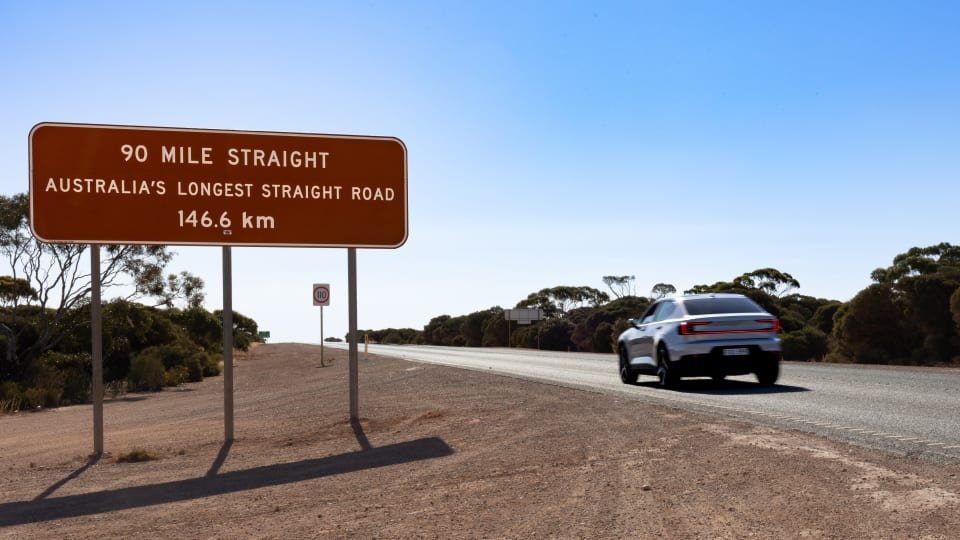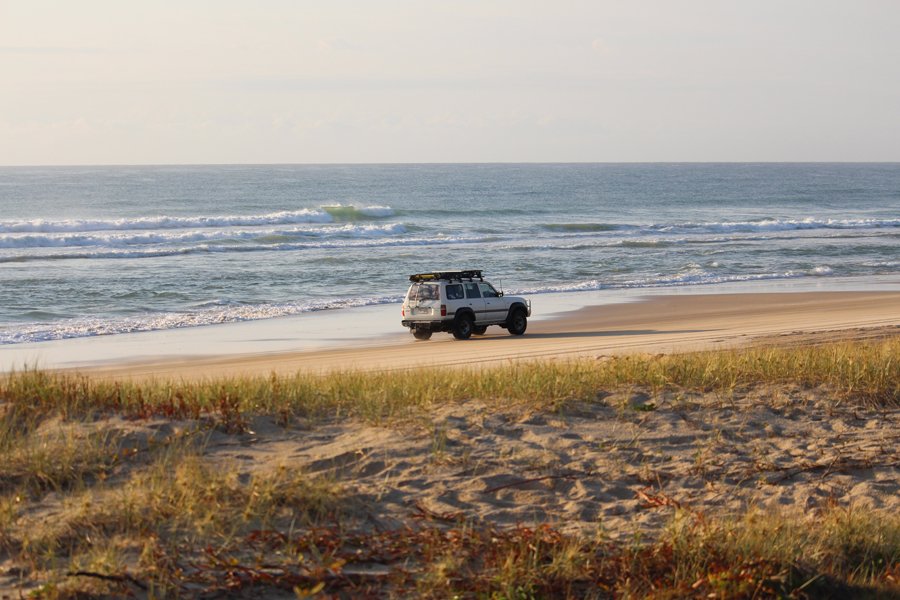Detour #302: Taking The Backroad To Tilba on Wagonga Scenic Drive, Australia
Photo Mel Nichols
Mel Nichols takes the longer way to Tilba on New South Wales’ Wagonga Scenic Drive.
Central Tilba is a charming historic village tucked into the rolling coastal hills beneath Mount Dromedary in southern New South Wales. This is lush country where from the mid-1800s European settlers cleared the bush to create farms that’d become renowned for their dairy products.
So, as you turn into Tilba’s sloping, picturesque main street you’re glimpsing the days when the pioneers cut and planed the felled eucalyptus timber to build their winsome little town.
Now, unspoilt and preserved by the National Trust since 1974, it’s a key destination for visitors; an enchanting detour off the A1 Princes Highway 230 miles south of Sydney.
I could have driven directly there by going through the fishing port-cum-holiday town of Narooma then on for 15 minutes until the turn-off for Tilba. But I’ve spotted an enticing alternative – the Wagonga Scenic Drive, a little-known forest road that scoots inland to skirt the vast Wagonga Inlet that spreads in from Narooma.
So six miles above Narooma I swing our Hyundai Santa Fe Hybrid off the A1 onto Mitchell’s Ridge Road which will feed us to the top of Wagonga Scenic Drive and deep into the Bodalla State Forest.
As we start running the ridges on white, yellow and red dirt roads, beautiful spotted gums and white stringybarks with their long dangling strands of fibrous bark tower above us. In between spread the decorous Bodalla silver wattle and great red ironbarks, favourite of the local koalas. We keep our eyes peeled; alas, though not unexpectedly, without luck.
It’s not just the sights and scents of the forest we’re enjoying. Sounds abound too: the chorus of bell-like pings from yellow bell miner honeyeaters, the whip crack-like shrieks of eastern whipbirds, and enchanting melodies of grey shrike-thrushes. If you hear something like a chainsaw or motorbike but can see neither, that’ll be a superb lyrebird, famous for their extraordinary ability to mimic almost anything as well as their spectacular mating dances.
You’re likely to be alone to enjoy this solitude: we don’t see another car all morning. Pause where-ever you like – if there’s space on the roadside – to enjoy the sights, scents and sounds, and perhaps drop your tailgate as a platform for an impromptu snack.
At times the road is broad and smooth. At others, narrow and rutted where you’d need to be careful in a two-wheel drive car. I’m impressed and reassured by the accuracy of the new Santa Fe’s steering, its sure-footed 4WD grip and comfortable ride that accentuated the virtues of its plush cabin. Excellent vision makes it easy to place and its gutsy performance makes light work of the climbs to the ridge tops. It makes the trip effortless.
After 10 miles or so we drop from the heights to weave around the western end of Wagonga Inlet. At the old Wagonga Wharf we stop to picnic while looking out onto the long farm racks of Sydney rock oysters that flourish in these tranquil waters. There’s rarely a soul at the Wharf now but for decades after it was built in 1910 it was a vital landing where steamships ferried supplies to isolated settlers and took their milk, meat and timber back to Sydney.
A final five miles of twists and turns takes us to the Scenic Drive’s junction with the Old Highway south of Narooma.
Until 1974, when the Princes Highway was realigned to an easier route further east, this was the vital, narrow, twisty road – originally driven by carts and stagecoaches – to the far south of New South Wales. It might have been a challenge then. Now it’s a treat as you wend your way through pretty countryside where, again, you’re unlikely to meet another vehicle.
And it’s the Old Highway that’ll convey you from the fast and straight new A1 to the bottom of Bate Street, Central Tilba. The original, brightly painted timber houses, shops, cafes and galleries fan enticingly up the hill. We can’t resist the Tilba Old Time Lolly Shop where we recall childhood days of wonder before sauntering up to the crest for a cold drink at the characterful Dromedary Hotel – The Drom as it’s known affectionately by locals.
Mount Dromedary – Gulaga to the Yuin Aboriginal people of southern NSW, for whom it has profound spiritual significance as a symbolic mother-figure – looms a few miles west of the town. Its distinctive twin humps caught the attention of Lt James Cook RN as he sailed, 15 miles offshore, up the coast in Endeavour in April 1770. It reminded him of a camel so he dubbed it Mount Dromedary. Driving out to Gulaga’s base and walking the bush track to its 2644ft summit will reward you with spectacular views of miles of stunning coast.
Before we leave Central Tilba, we amble down the other end of Bate Street to the shop beside the ABC cheese factory. It’s been making premium dairy products since 1891. If you like cheese – or ice cream – you’ll find it hard to leave empty handed.






































A drive right through the heart of Australia should be on every Detourist’s bucket list.